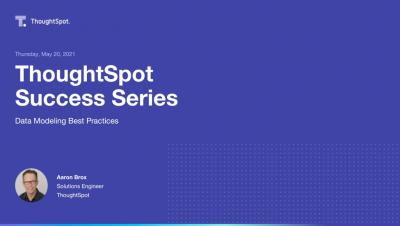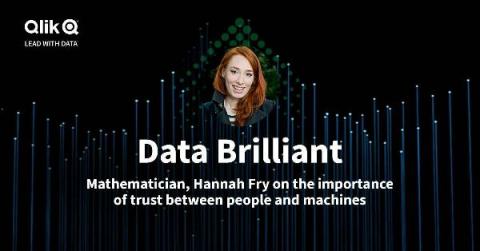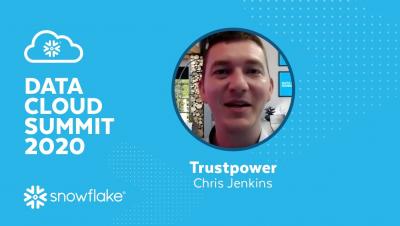Systems | Development | Analytics | API | Testing
BI
How to Establish an Effective BI Security Strategy
Mapping Your Automation Journey in Financial Services
Automation will fail to achieve most of its potential if treated as a specialty, single-function tool applied only to accelerate narrow parts of business processes. In most industries, financial services included, automation done properly is a journey that delivers a steady stream of benefits resulting from building a broader and increasingly powerful multilayered stack of automated processes and analytics.
Humans and Data? Relationship Status: Complicated
Many people may know me as someone who aims to find a mathematical angle in almost everything. And they wouldn’t be wrong – on my journey to bring my passion for math to the masses, I’ve even shown the mathematical angle for finding love! Yes, really – feel free to read my book on it. So, if there’s just one thing that I want people to take away from my chat with Joe DosSantos on Data Brilliant, it’s that math and data really do touch every part of our lives.
The Big Banks Are in Danger of Becoming Utilities. Can Data Make a Difference?
When digital disruption first hit the finance and investment markets, it seemed to signal the death knell for the traditional banks and financial institutions. For a time, it looked as though the best-known brands were doomed to become utilities: only good for basic financial transactions, weighed down by legacy processes and technologies, and viewed as little more than digital dinosaurs.
How 84.51°/Kroger Cut Costs and Improved Efficiency with Unravel Data
84.51° is a wholly owned subsidiary of Kroger, the US retailing giant – the largest supermarket chain in America, and the fifth-largest retailer in the world. As an organization, 84.51° is a descendant of dunnhumby, analytics geniuses who revolutionized customer loyalty programs at Tesco in the UK decades ago.
Building a Democratized Data Asset with Snowflake and DBT | Snowflake
NVIDIA RAPIDS in Cloudera Machine Learning
In the previous blog post in this series, we walked through the steps for leveraging Deep Learning in your Cloudera Machine Learning (CML) projects. This year, we expanded our partnership with NVIDIA, enabling your data teams to dramatically speed up compute processes for data engineering and data science workloads with no code changes using RAPIDS AI.










